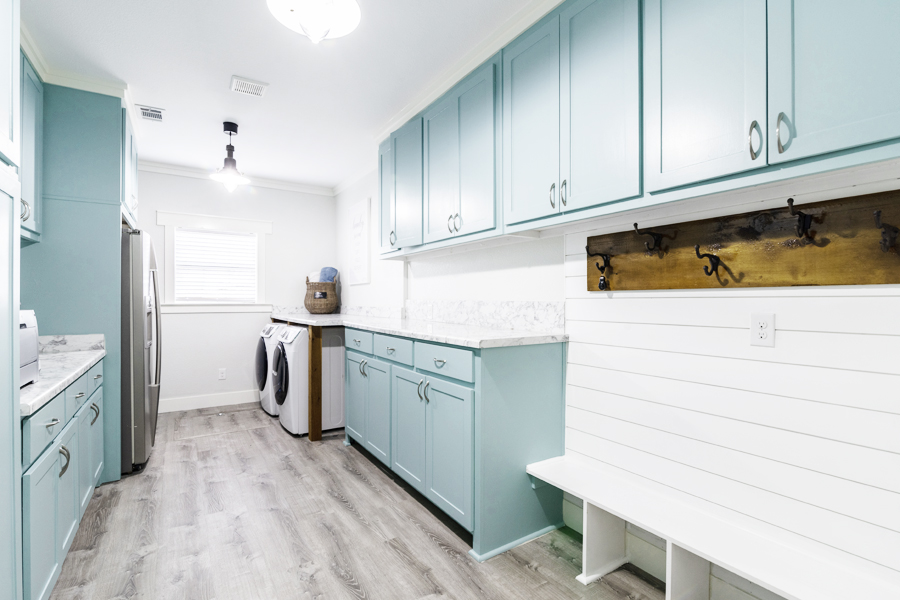Mudrooms are no longer just catch-all spaces for boots and coats. They have evolved into purposeful areas that beautifully bridge the outdoors and indoors. Today, sensory mudrooms are at the forefront of this design revolution. By incorporating textures, scents, and thoughtful design, they create a seamless transition that is both welcoming and functional.

What is a Sensory Mudroom?
A sensory mudroom goes beyond the basic function of storing outdoor gear. It engages your senses to create a soothing and practical environment. Through textures and scents, these spaces enhance the user experience, helping you feel grounded after a day outside or prepared to step into your home. Sensory mudrooms bring aesthetic beauty and functionality into one harmonious space.
Imagine stepping into a mudroom that greets you with the soft aroma of lavender, the feel of smooth wooden benches, and the warmth of sunlight filtering through textured glass. Instead of simply dropping your coat, the room becomes a mini-retreat where you can pause, recharge, and connect with your space.
Textures as a Bridge Between Outdoors and Indoors
One of the most effective ways to create a sensory mudroom is through texture. When designing this space, think about materials that mimic nature and evoke warmth. For example:
- Durable Flooring: Choose textured flooring materials like slate, reclaimed wood, or patterned tiles. These materials are not only practical for handling muddy shoes and wet paws but also echo the earthy tones and tactile elements of the outdoors.
- Layered Rugs: Add rugs with varied textures, such as jute or wool, to ground the room and cushion your steps. These rugs create boundaries within the space and add layers of comfort.
- Natural Finishes: Incorporate natural wood or wicker in benches or storage units to bring the outdoors inside. Woven baskets can also add tactile interest while keeping hats, gloves, and scarves organized.
The Role of Scent in Setting the Mood
Scents are another powerful tool for creating an inviting transition. They influence mood, reduce stress, and make your home smell amazing. Consider adding natural scents to your mudroom:
- Essential Oils or Diffusers: Use a diffuser to release calming scents like eucalyptus, lavender, or citrus. These smells can help you unwind as you return home.
- Scented Sachets and Linens: Line storage baskets and drawers with herbal sachets or scented liners to infuse a subtle but pleasant fragrance into your belongings.
- Fresh Plants: Live plants like lavender or eucalyptus not only add visual appeal but also release natural, refreshing aromas. They’re eco-friendly and inviting!
The Benefits of a Sensory Mudroom
A sensory mudroom does more than provide a functional entryway. It brings a host of benefits, both practical and emotional:
- Promotes Relaxation: The sensory elements create a calming environment where you can pause and transition from the chaos of the outside world.
- Encourages Cleanliness: Designating a space for muddy boots and wet umbrellas keeps the rest of the home tidy and well-organized.
- Boosts Aesthetic Appeal: With its thoughtful design, a sensory mudroom elevates your home’s overall style and value.
- Creates an Inviting Entry: From aromas to textures, this space sets the tone for the entire home, offering a warm welcome to you and your guests.
Conclusion
By merging function with sensory details, mudrooms can become much more than entry points. They can transform into welcoming sanctuaries that balance the indoor and outdoor worlds. Whether it’s through earthy textures, calming scents, or thoughtful design elements, a sensory mudroom creates the perfect transition space.

